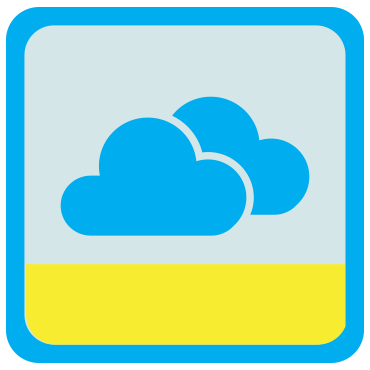How 'fog computing' makes the IoT run

The push to put processing power on the network's edge can be a valuable complement to cloud computing.

“Fog computing” describes a way of loading processing power onto devices, from smartphones to simple sensors, at the furthest edges of networks.
On the surface, the core concept seems to be a reversal of the trend toward the cloud because it seeks to restore computing to the periphery of the network. But instead of being a replacement, it’s a developing complement.
Rather than shuttling every scrap of data back to a data center, fog computing allows analysis to take place on the network’s edge, saving time and bandwidth and, ideally, optimizing decision-making.
“The usefulness of computing at the edge is manyfold, but, for example,…imagine a network of sensors managing anti-collision capability in a congested airport taxiway system,” said Mike Younkers, director of U.S. federal systems engineering at Cisco Systems. “Having decision power within the taxiway instead of at some data center off-site, based on the physics of propagation delay alone, illustrates another tangible use case.”
Fog computing is often kicked around in high-level discussions of far-flung Internet of Things or Internet of Everything networks, but there’s a more immediate example of the concept. As the Wall Street Journal’s Christopher Mims has noted, smartphone apps showcase the principle underpinning fog computing: The individual device handles some of the data and processing, thereby relieving network stress.
And Gary Hall, chief technology officer for federal defense at Cisco, said the interplay between fog and cloud is much like an earlier computational disruption.
“Cloud computing has many similarities to mainframe computing, where data is aggregated in centralized locations and accessed from remote devices,” Hall said. “Fog computing brings in concepts from distributed computing.”
And they don’t have to conflict.
“When distributed computing via PCs gained prominence, it was highly disruptive to the mainframe computing model,” Hall added. “The big difference this time around is that cloud and fog are deeply integrated and complementary.”
As the Internet of Things balloons to 50 billion devices by 2020 and data streams threaten to grow faster than the networks that support them, fog computing seems poised to prove a crucial consideration — and not just when it comes to big data.
“Everyone is fixated on ‘big data,’ which by my definition requires data to be centralized, either physically or virtually, [but big data] analytics does not solve all classes of problems,” Younkers said. “Fog computing provides analytics at the edge, which allows for some very clever and innovative solutions.”
NEXT STORY: An explainer on containers






